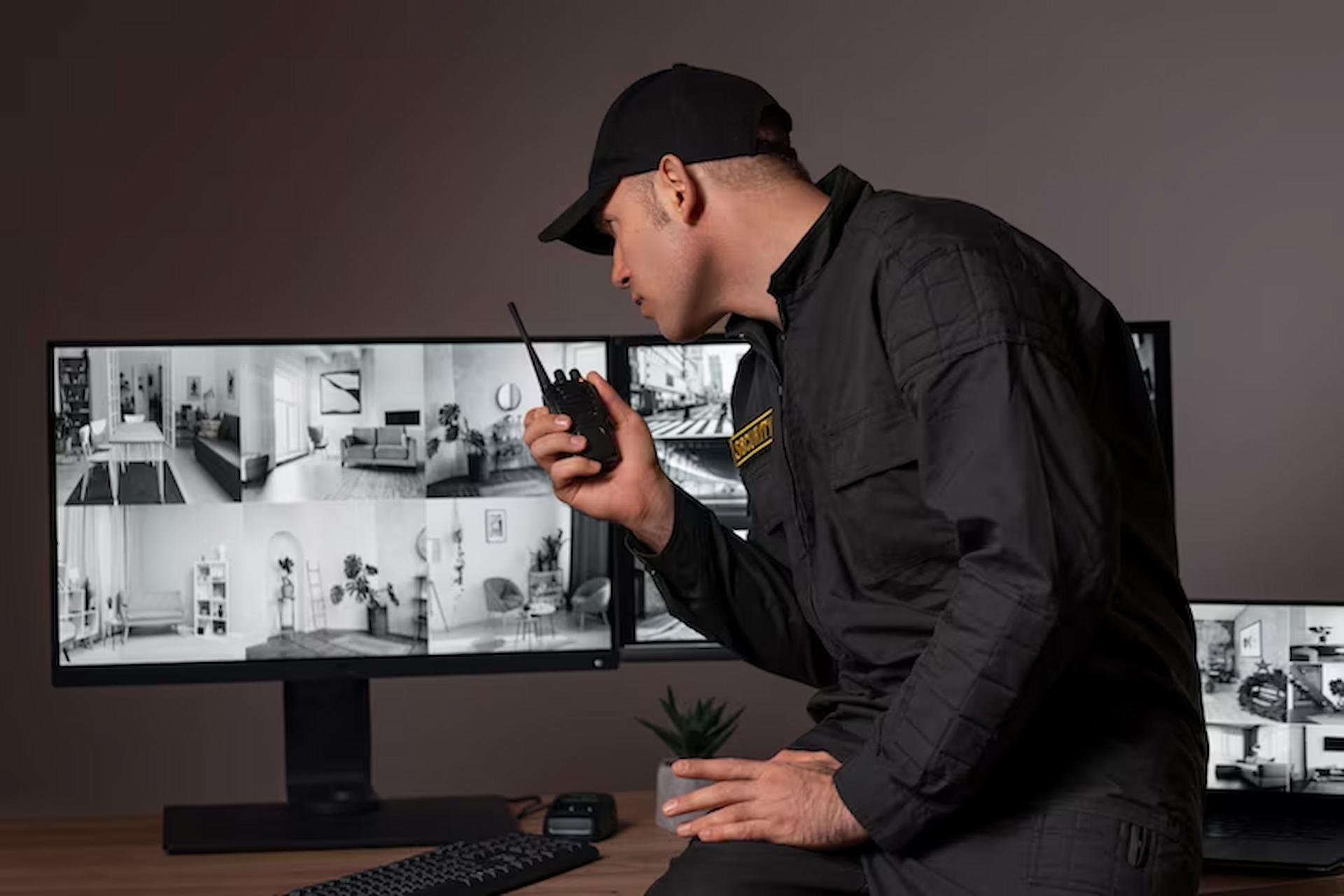Burn injuries are one of the most painful and traumatic experiences one can go through, so it’s important to know how to treat them properly. In this blog post, we’ll discuss the best practices for at-home first aid for burns, what to do and what to avoid in order to reduce pain, minimize risk of infection, and promote healing.
We’ll cover both minor and more serious burns, as well as how to recognize the signs of a severe burn. Read on for more tips on how to provide proper at-home first aid for burns.
Cool the burn
If you or someone you know has experienced a burn, it’s important to act quickly and properly. Cooling the injured area is the first step in burn treatment. Cooling the burn will help reduce pain, swelling, and further damage to the skin. It is important to note that the cooling process should not be too extreme or too prolonged as this could cause further harm.
The best way to cool a burn is by running cold water over the affected area for at least 10 minutes. This can be done with a wet towel or cloth, but it’s important to make sure the water temperature is below 104 degrees Fahrenheit.
Don’t put ice on the burn
When it comes to treating a burn injury, one of the most important things to remember is to never put ice on the burn. This can cause more damage and make the burn worse.
Ice can cause further damage to the skin as it reduces blood flow and decreases the ability of the skin to heal itself. It can also lead to frostbite if left on the skin for too long.
Instead of using ice, make sure to keep the burn clean and dry. Cool water can help reduce the pain, but should not be used directly on the burn. Keeping a cool wet cloth or compress on the area may help, but do not leave it on for too long.
If there is any chance that the burn is serious, seek medical attention immediately. More severe burns may need specialized treatment from a healthcare professional.
Don’t pop blisters
If you suffer a burn, the first thing you should do is seek immediate medical help. However, if you have a minor burn and are able to treat it at home, there are some tips and tricks you should follow. One of the most important things to remember is not to pop any blisters that may form.
Popping a blister can be very painful and may cause further injury. Blisters form as a result of the body’s natural healing process and contain fluid that helps keep the affected area moist. If a blister is popped, the area is more likely to become infected and could take longer to heal. It is also important not to touch or break open any existing blisters as it will delay the healing process.
Do not apply any creams or ointments to the burn.
When you experience a burn, it’s important to remember that the best way to treat it is with cool water and to leave it alone. Resist the urge to put any kind of ointment or cream on the burn, as these can further irritate the skin and even cause infection. Furthermore, creams and ointments are not designed to cool off the burn and therefore won’t reduce pain or prevent further injury.
Don’t put any type of bandage or wrap on the burn
When dealing with a burn injury, it is essential to remember not to put any type of bandage or wrap on the burn. Doing so can trap in heat and make the burn worse. Also, wrapping the area can prevent air from circulating and lead to infection. The American Red Cross advises never applying lotions, butter, or other home remedies to a burn injury.
In cases of minor burns, you can run cool water over the burn for 10 to 15 minutes, or use a cold compress. Applying aloe vera gel or cream may help to soothe and cool the area. If necessary, over-the-counter medications such as ibuprofen or acetaminophen can be used for pain relief.
It’s important to keep an eye on the burn for any signs of infection, including redness, swelling, and pus. If any of these symptoms occur, contact a doctor right away for Burn injury treatment Coimbatore. To avoid infection, do not break any blisters that form on the burn and be sure to keep the area clean.
If the burn is greater than your palm, get medical help.
If you experience a burn injury that is larger than the size of your palm, you should seek medical attention right away. A larger burn can be more serious and can require more specialized treatment than a minor burn. When seeking medical attention, you should make sure to give an accurate description of the burn’s size and location. This will help the doctor decide the best course of treatment for you.
You should also inform the doctor of any other symptoms you are experiencing. This includes swelling, discoloration of the skin, pain, or any other signs that may indicate a deeper burn. The doctor may perform a physical examination to assess the extent of the injury, as well as recommend tests to determine if the burn has reached any underlying tissues.
Also read our blog post on Undergoing Stroke Treatment? 7 Things You Should Not Ignore




